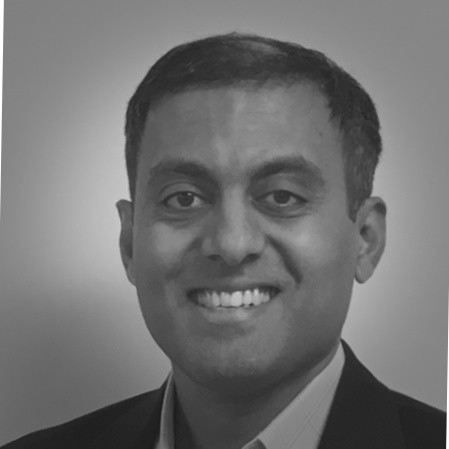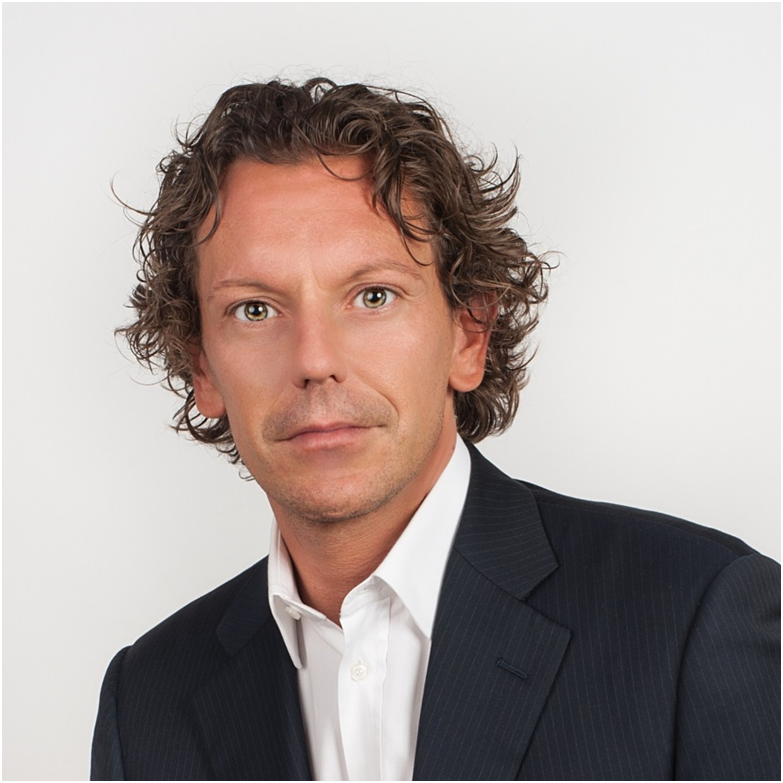
The insurance industry is facing seismic and unprecedented shifts on multiple dimensions. From increasing client expectations to new emerging risks, from the emergence of robo-underwriters to the ever-present question regarding the role of traditional channels, insurance carriers have multiple fronts on which to re-think, re-look and address innovation challenges and opportunities.
The culture of the insurance sector is changing. The momentum to engage, identify new frontiers of competitive differentiation and execute outcomes has clearly started. As a case in point, Insuretech Connect, the largest InsurTech conference had 1,200 participants in 2016, 3,800 on October 2017 and 6,000-plus are expected this year. At events like this you can feel the incredible energy of insurance professionals, regulators and startups.
Insurance organizations are full of insurance professionals with incredible skills and commitment to always go the extra mile. Driven by an entrepreneurial spirit, they seek to reinvent the way things are done and have in many cases always been done. A few trailblazers have challenged their organization’s formal rules and forced habits and have pushed bottom-up innovations within their organizations. Yet other committed insurance folks have been involved in top-down programs which have been created by their companies to capture and execute the next frontier of innovation.
We find that unfortunately large segments of the workforce do not actively engage with the innovation process of their employer. We often find that some of the best concepts, opportunities and solutions find the exit sign faster than they find traction within the boundaries of their firm. In some cases, they push for their innovations as side agendas, often driving them as secret agendas where their energies and attention are spent. In other cases they simply decide that it’s better to pursue the art of the possible outside of the firm.
We believe that this is a pity and a waste of positive energies for the existing incumbents. Carriers should embark on building a foundation that creates the conditions and enables mechanisms for promoting the culture of innovation and channeling this energy in a productive direction for the company.
We have worked in and with large and international organizations and know well how these complex elephants live and how difficult it is to set formal processes able to promote virtuous circles and orchestrate innovation as a “living, breathing and relevant” process. This issue is big and complex, and there is no single magic wand to solve it.
We would like to start a discussion on how this issue can be addressed in the insurance sector. The problem as mentioned has many different angles. We decided to start by addressing one aspect of the current state—the silos. Traditional silos are one of the of the killers of insurance innovation.
We recently came across few situations that speak volumes to the need to consider foundational investment in integration capabilities. We present three myths that often prevent even forward-looking carriers from pursuing well-intentioned innovation strategies. Getting underwriters, risk engineers, marketers, product developers, actuaries, claim handlers, and technology folks to break out of traditional silos will need to be a critical first step before any innovation investment or program is considered.
The Myth of the Innovation Mirror
A top-performer in a line of business at a well-recognized carrier was promoted and placed in the company's innovation group. This leader was a recognized expert in his functional domain and was often sought out for insights on both legacy issues and emerging trends. During a recent meeting with him we asked him for his opinions on the issues being faced by a key stakeholder and partner group within the same firm on a business line different but really close to his business line.
Much to our surprise this leader said "I have never thought of their business line. I don’t know." We left the meeting with a surprising realization that there are probably many other top-performers who excel in their chosen disciplines within well-defined boundaries, yet do not actively or continuously seek to expand the vistas of their exposure or to apply their knowledge to related domains. Their organizations have correctly incentivized their growth and specialization in one domain, but have probably never facilitated exchanges between business lines or forced them to go out they comfort zone. We call this the "Myth of the Innovation Mirror," where the images we focus on are constrained by one's own areas of expertise.
The Myth of the Signal Catcher
A leading U.S. carrier saw the departure of one of its top line leaders. This individual had spent decades building a robust P&L, operating team and client relationships. Over the years, he had been recognized for his thought leadership, and for building teams that pushed the boundaries of what's feasible and valuable for their clients, but he was not directly involved in the innovation program of the company.
This company boasted of a well-funded and successful enterprise-wide innovation program, championed by the CEO and actively supported by divisional leaders.
The irony of this departure was that the executive left to pursue an independent entrepreneurial venture because he believed that his ideas and the innovative value proposition would not be implemented by the firm. Despite having a robust and well-managed innovation program, the firm failed to catch the signal that one of their very own was both willing and able, and highly motivated to create a future-forward product today.
There could be many reasons for this specific departure but we believe that it probably happened because this leader was not formally affiliated with the innovation program. There was no mechanism to watch, catch and act on the weak signals that this leader was sending out, weeks and months ahead of his eventual departure.
We believe that this myth of the signal catcher is a serious risk that carriers have to consider and address. Simply creating and operating an innovation program is not adequate and sufficient. Creating the ability and the mechanics to watch, interpret and catch the weak signals coming out of individual and or team efforts is as important if not more important than simply being a scouter of startups, or a inventor of new ideas and concepts, or an or evangelist of the innovations.
The Myth of Action
Finally, we address the "Myth of Action." A global insurance carrier has innovation centers across key markets. A formalized program exists where leaders and staff resources spend dedicated time getting together and converting their individual ideas and interests to collective outcomes. Some of these centers represent centers of excellence in different domains.
In this scenario we found that an innovation team in one part of the world—while working on a new topic for them—was almost devoid of access to similar concepts and work had already been pursued halfway around the world.
As carriers with a global footprint address innovation outcomes, it will be critical to ensure that action is not mistaken for outcomes. Bridging the distance within and between different centers of innovation is crucial to ensure that the teams do not end up becoming innovation silos unto themselves.
The "Myth of Action" arises when innovation champions or leaders assume that presence and permanence are enough and sufficient. We are perfectly aware of the local specificities which make the possibility of simply copying-and-pasting an insurance solution coming from another country a utopian idea. But many ideas can inspire location-specific variations and be tailored to the local needs. While presence across regions and permanence from a mandate perspective are key, we believe that it is more critical to ensure that physically far-removed teams get structured and unstructured opportunities to be exposed to work that peer groups are driving at non-local locations. Researchers have found that proximity is a key driver of organizational effectiveness. Solving for this “distance bridging” will be critical to solve the myth of action. Simple tactics like designing intentional cross-location collaboration will ensure that exchange of ideas in large and complex organizations can transcend distances.
So how can you attack these myths head on, and build or mature your innovation practice?
We recommend that innovation efforts identify three distinct but connected archetypes for roles/resources working with an innovation focus. We propose the trifecta of Observer, Interpreter and Storyteller. Think of these as hats or lenses, rather than roles or restrictions.
Observers are designated to be non-judgmental observers of actions, outcomes and opportunities. With two leading questions of “What do I see?” and “Where do I see?,” Observers play a key role in taking a non-action view and in scouting even where you don’t expect to find anything.
Interpreters are driven by two different questions. While the Observer has simply made her observations known, the Interpreter asks, “Why do I see what I see?” and “What does this mean?” These questions are designed to help the Observers dive deeper into the observations they are presented with, but also to rationalize the knowledge and ideas identified. While there might be a temptation to go broad and expand the scope of one's assessment, we believe that focusing on depth and asking increasingly fine-grained questions is more beneficial.
Storytellers are the final actors in an innovation practice. We humans are wired for storytelling. From time immemorial, our ancestors have passed on down through generations many a story of heroes, victors and vanquished. We recommend that the Storytellers play their part in the modern version of 'tell me a story,' and spread the word about the insights which the Interpreters have distilled. The storytellers have to evangelize, inspire and motivate the organization in the adoption of innovation.
Taken together, the Observer, Interpreter and Storyteller create the much needed and often missing enterprise scale integration that help make innovation efforts successful. These archetypes can be introduced and embedded into almost any current innovation program. Their integrated activities will contribute to channel the positive energy in a productive direction for your company.
Think of these as calibrations you can do to any currently defined innovation operation, resource or delivery model. Done right and executed consistently, these three roles can effectively help address the three myths, and the risk of innovation teams not living up to the promise of what they can truly deliver.
In many ways, the IoT Insurance Observatory (spearheaded by one of the authors of this article) has applied this trifecta of lenses with an extremely narrow scope—the usage of sensors within the insurance sector—targeted at the open market (opposite to the internal focus of the discussion above). This think tank is, first of all, constantly observing and scouting the usage of sensors in different insurance business lines around the globe. Second, it is interpreting best practices and pitfalls for the members, so providing them the most globally relevant IoT insurance knowledge. Last but not least, it has as a core deliverable the storytelling of this knowledge through workshops dedicated one-to-one to each of the organizations which are members of the observatory. In this way the Observatory has aggregated almost 50 organizations between North America and Europe, and is promoting the IoT adoption in the insurance sector.
****
We believe carriers can employ these three tactics/rules to mitigate the risks of the three myths. These tactics are part of the solution for the big and complex problem of promote virtuous circles and orchestrate innovation.
Co-authored by Matteo Carbone, director of the IOT Insurance Observatory and co-founder of Archimede Spac, and Sri Nagarajan, a digital business leader. This article is featured on the Carrier Management “Innovation and Strategy”, and also appears on Sri's LinkedIn page.



